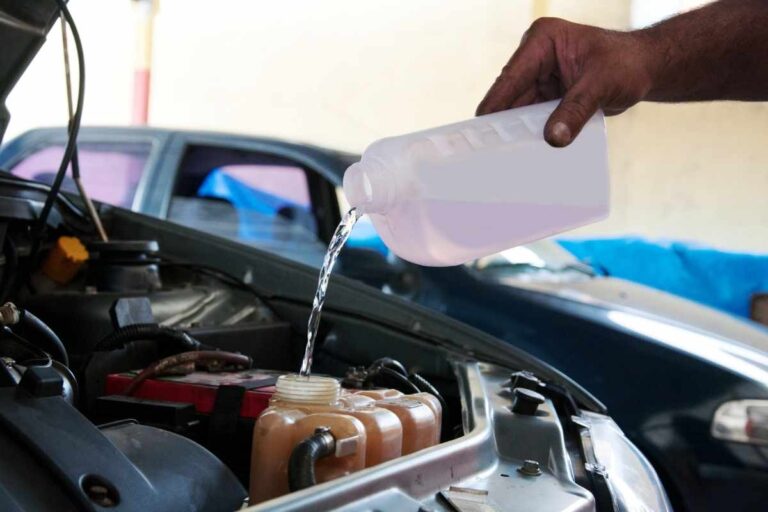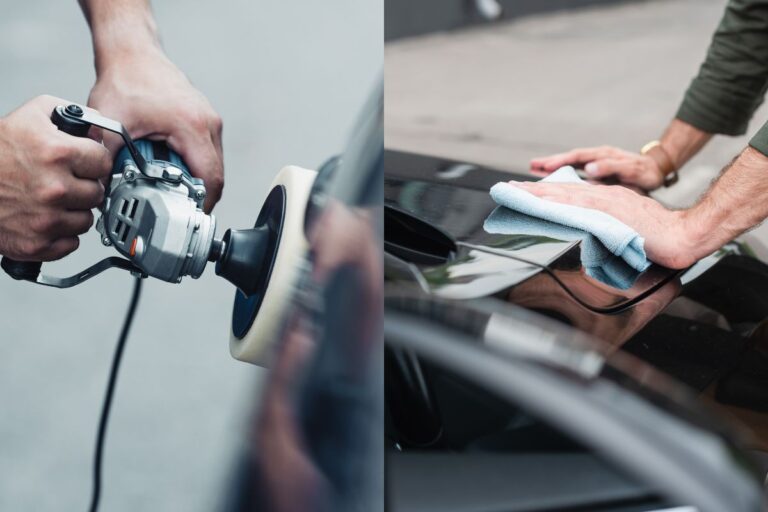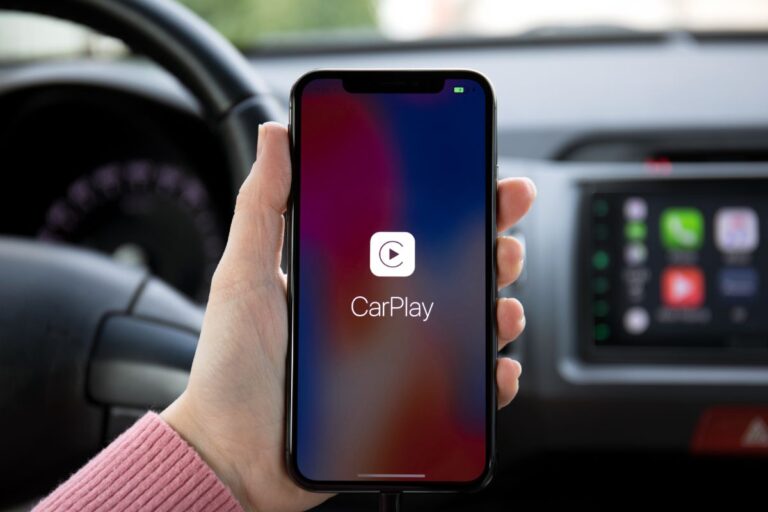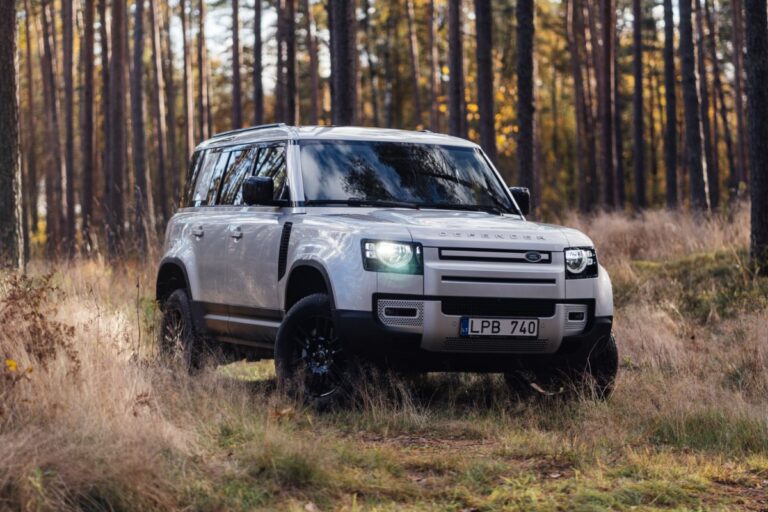
When shopping for car covers, it’s quite easy to get overwhelmed and end up stuck. There are so many options on the market, and that makes choosing a bit difficult.
For instance, should you get a custom-fit car cover or a universal one? Also, will an indoor car cover work outside? It’s important to know about the different types of car covers so choosing can be easier for you.
What Does a Car Cover Protect Against?
One of the most significant threats against your vehicle is the sun. However, there are other threats that can also cause significant damage. This includes things like animal deposits, tree sap, rain, snow, scratching, and chemicals.
A car cover will protect your vehicle’s paint from scratches. It also ensures that your interior doesn’t discolor and crack. If your car always gets dirty during the rainy and snow seasons, you will also benefit from a car cover.
Did you know that a car cover offers some security as well? At times thieves might not want to steal your vehicle, but they can smash your windows if they see something valuable inside. A car cover keeps your vehicle and its content safe from thieves by keeping things out of plain sight.
If someone is planning to gain access to your car, it will take them a bit of time since they have to first remove the car cover. In most instances, this can be the difference between getting caught or getting away with a crime. With so many uncovered cars around, a thief will less likely go for the one that requires a lot more work.
Outdoor Car Covers
Outdoor car covers are exactly what they sound like. These are weather-resistant covers that go over your car to protect it from dust, wind, UV rays, hail damage, and hard rain. These covers are loosely shaped like your car.
If you are looking for a better fit, you will have to get custom-made covers that are made to your vehicle’s specifications. However, these are likely to come at a greater cost.
Outdoor car covers are usually used to protect dormant cars that won’t be used for a while. They are also perfect for classic cars with delicate paintwork. Apart from the elements, outdoor car covers can protect your vehicle against snow, dirt, tree sap, and debris.
Most people who use car covers don’t have to de-ice their cars during the colder winter months. In some instances, manufacturers will include extra thick pads in specific areas to help avoid dents.
There are many benefits to using outdoor car covers. Apart from the obvious, they can also act as a theft and vandal deterrent. When shopping for car covers, you can check for ones that have been specifically listed and endorsed by manufacturers as a theft deterrent.
Outdoor car covers are quite easy to apply. You can also remove them in a matter of minutes. All you need to do is ensure they cover and the vehicle is clean and free from debris and dirt. Once done, place the car cover on the roof, then roll down the bonnet, boot, sides, mirrors, and bumpers.
Once the cover is secured over your vehicle, use the body straps to attach it underneath the vehicle. Avoid tying them too tight. When placing a car cover on your vehicle, be careful not to drop it to the ground. This can trap soil and dirt in the fold, all of which end up scratching your paint.
Indoor Car Covers
If you have a garage at home or have access to indoor parking, it’s essential to be flexible. You will need an outdoor car cover for those times your car will spend extended periods of time outdoors, and you will also need an indoor car cover for when you park in your garage.
Having these two types of car covers is game-changing. Indoor car covers are usually made of thin satin material. They are primarily used to keep dust and debris off your vehicle when it’s in storage.
There are several of these on the market. One of the most popular ones is an indoor black satin shield. These are preferred by many people because of how soft, stretchy and breathable they are.
But why can’t you just use your outdoor car cover for indoor and outdoor protection? Well, this is a valid question. As mentioned before, indoor car covers are more lightweight and breathable than outdoor covers.
These softer and lighter covers are better at protecting a fresh exterior car wax. Apart from that, indoor car covers don’t trap heat and condensation between the car and the cover.
Is There a Difference Between Indoor and Outdoor Covers?
If your car sits inside a garage or covered parking space all the time, it’s a good idea to invest in some indoor car covers. Indoor car covers are softer and sometimes lined with 100% soft cotton made into a soft fleece. This makes them gentler on your vehicle’s paint.
You will find that most indoor car covers are so soft you can even sleep in them. Indoor car covers deliver an incredibly soft touch to your vehicle.
Their purpose is to protect the paint, keep dust off your vehicle and protect it from dings. Each time you uncover your vehicle, you will be proud to drive it as it is there and then.
On the other hand, if your car sits outdoors all the time, it’s better to invest in some outdoor car covers. These covers feature fabrics that are chosen for their ability to protect your car against harsh elements.
They can protect your car from water, snow, bird droppings, tree sap, and, most importantly, long periods of exposure to the sun. UV rays from the sun can be the most damaging agent to your vehicle. Outdoor cover essentially takes all the beatings on behalf of your vehicle.
Windshield Covers
From the freezing winters to the scorching summers, your vehicle’s windshield bears it all. Apart from that, the windshield is also the only thing standing between you and weather elements if you are driving during inclement weather.
Without it, you’d probably sustain some serious injuries while driving. In light of all that the windshield does, it’s only fair that you do your best to ensure it’s well taken care of. One of the best ways to do so is to invest in a windshield cover.
Purchasing a windshield cover for your vehicle is one of the most cost-effective ways of protecting it from harmful weather. Most people understand the importance of protecting the windshield during winter.
However, you will need to do so all year round to ensure it’s safe from other threats like the sun, leaves, debris, bird mess, and dust. For adequate protection, you need to invest in a windshield that’s specifically designed for your car.
While there are universal sizes, you’ll get the best protection if you take measurements before buying the shield. Also, like general car covers, windshield covers also have types. The most popular are double-sided, single-sided, and all-weather windshield covers.
Double-sided windshield covers feature two sides that have different uses. During the colder months, the black side absorbs heat to keep the interior warm. On the other hand, when it’s warmer, the silver side reflects heat away from the vehicle.
All-weather covers protect your vehicle from a variety of threats. Unlike some covers that only defend against snow or heat, all-weather covers are windproof and resistant to rain, and they also act as a sunshade when it’s hot. You will also get protection against dust, frost, debris, and UV rays.
Breathable or Waterproof Car Covers?
When shopping for car covers, whether outdoor or indoor, you will often come across the terms water resistant/repellent and waterproof. While these terms might seem interchangeable, they are not.
A car cover that’s completely waterproof will not allow any moisture to pass through it. This sounds like a good thing, but it’s not. The cover will also restrict the movement of moisture from the interior to the outside.
This means once there is moisture under the waterproof cover, it will be trapped there for a while. Prolonged contact with moisture can lead to corrosion, mold, and mildew.
These three are probably the most powerful threats to your car’s paint job. When you are using waterproof car covers, it’s important to ensure that your vehicle is completely dry before you cover it.
In contrast, breathable car covers do not keep all the water from reaching your car. They only stop most of the water from passing through. This means some of the water will leak through.
The good thing is that the water that leaks through is allowed to pass and evaporate quickly. As such, the time your vehicle is exposed to moisture is limited and that prevents mildew or corrosion.
Custom Fit Car Covers Vs. Universal Fit Covers
When looking for car covers, you will find that some are custom fit and some are universal. A custom-fit car cover is manufactured using precise measurements of all the curves on your car. This ensures that you get maximum protection for your car.
It will also avoid situations where your car covers are blown off by the wind. Apart from that, custom-fit car covers generally look better. Universal car covers, on the other hand, are ill-fitting.
Most people buy them because they are often cheaper than custom ones. Unfortunately, the majority of universal car covers tend to be manufactured using inferior fabrics that quickly deteriorate.
As such, if you are planning to get them, you should set aside time to go through reviews. Many times, these covers are easily blown away by the wind, leaving your car exposed.
Frequently Asked Questions About Car Covers
Can car covers damage my paint?
This usually happens if you neglect your vehicle. You can also end up damaging your paint if you use low-quality, dirty, ill-fitting, and improperly fastened car covers. These can scuff and scratch your vehicle’s paint. The dirt trapped on the inside of your car covers can act like sandpaper.
Can I use an outdoor car cover indoors?
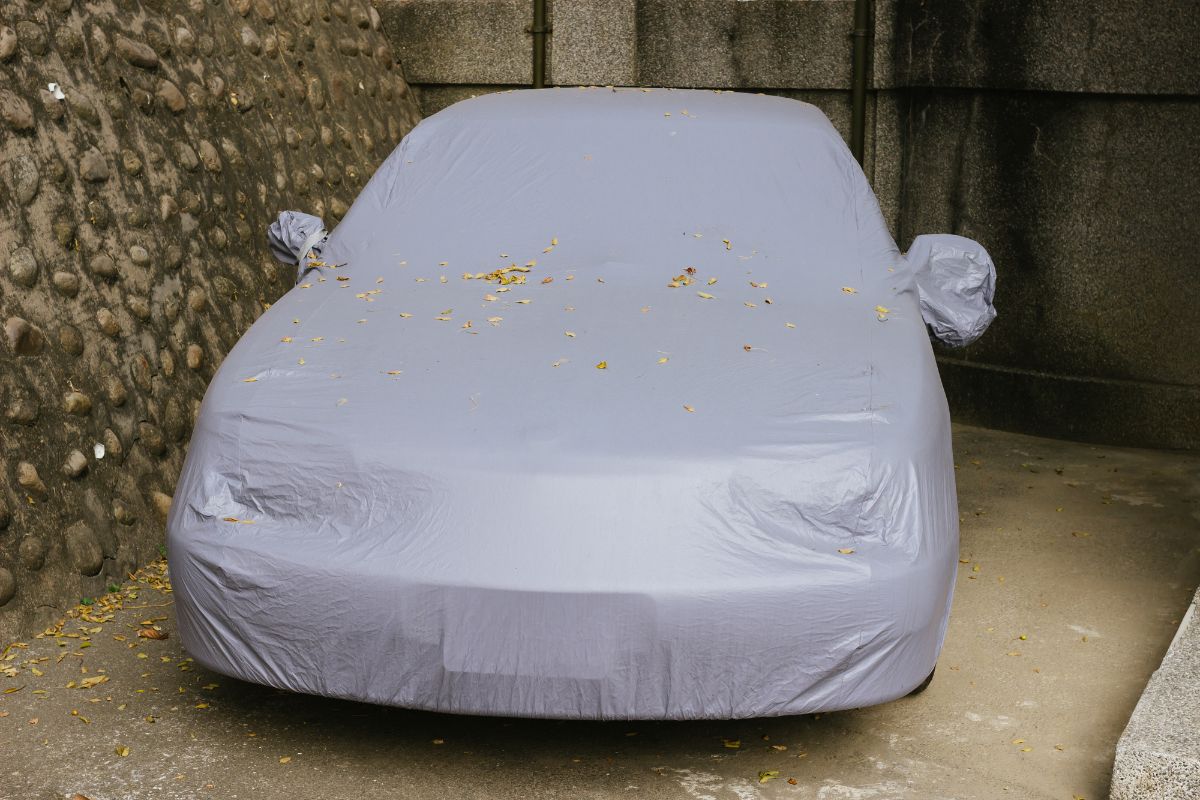
It’s possible to use outdoor car covers indoors. However, you first need to ensure that both sides of the covers are dry and clean. You must also ensure that the outdoor covers you use are breathable.
This helps you reduce the risk of trapping moisture under the covers while your car is in storage. If you can afford it, it would be better to invest in softer indoor car covers.
Which car covers are best if my car sits outside?
If you park your car outside all the time, you need to go with outdoor car covers. These can protect your car against water and the harmful sun. Ideally, you should go for water-resistant car covers to avoid ending up with corrosion and mildew.
How should I take care of my car cover?
Car covers usually come with specific washing instructions depending on where you bought them. The care routine also depends on the type of fabric used to make them.
For most fabrics, you can just wash the covers at home using your washing machine and dry them as you would your clothes. Keep in mind that washing your covers frequently can extend their life.
How long should car covers last?

The lifespan of your covers depends on the type of you get and how you use them. If you park your car under direct sunlight all the time, then your car covers will likely not be around for long. Covers that are constantly exposed to sunlight will need replacement in about five years.
On the other hand, if you always park indoors and out of direct sunlight, it’s possible to keep your covers for more than 40 years, especially if you bought high-quality ones.
How does water get beneath my car covers?
Even if car covers are designed to protect your car from exposure to water, you will sometimes find water droplets under them. Water can get under your car covers in two ways. The first is dew. Dew is formed when water vapor in the atmosphere condenses into liquid form.
Dew usually covers the ground in the morning. As the day gets warmer, it then starts evaporating. During this process, water droplets can get underneath your covers and end up between the car and the covers. If you are using breathable covers, dew also tends to get in through the top of the covers.
Humidity is the second reason why you can find water underneath your covers. This usually happens when your car’s temperature is lower than the surrounding air. If humidity levels are high, air releases moisture onto your car’s cold surface as it passes over your vehicle’s cover.







